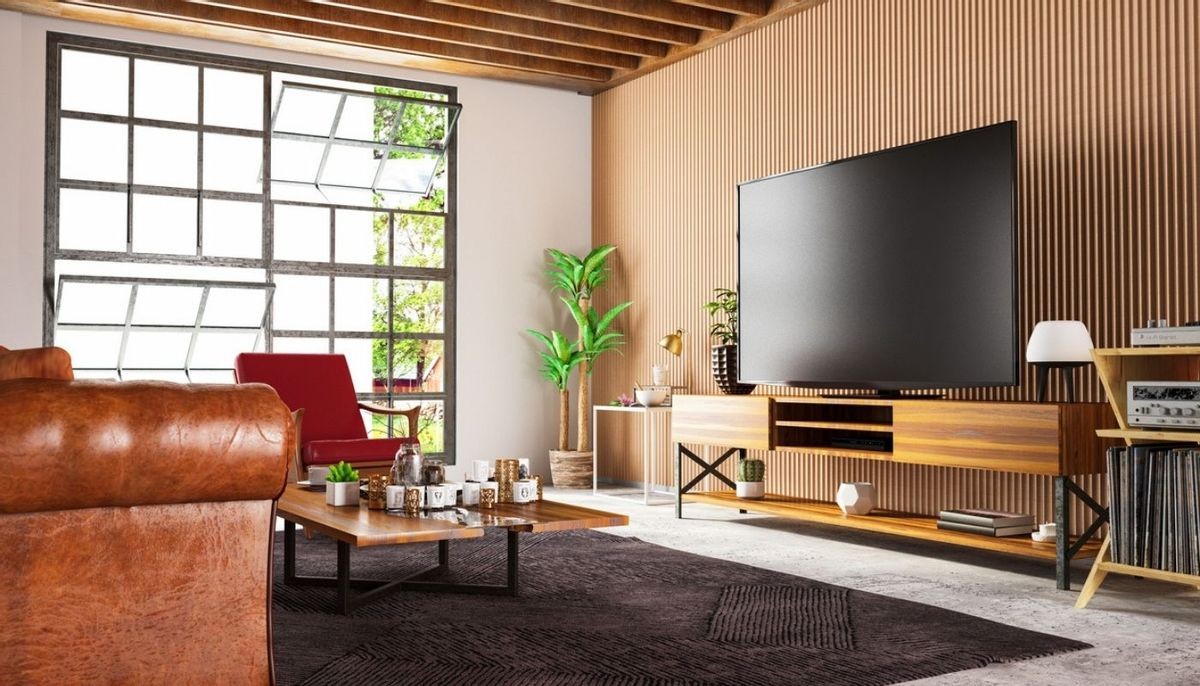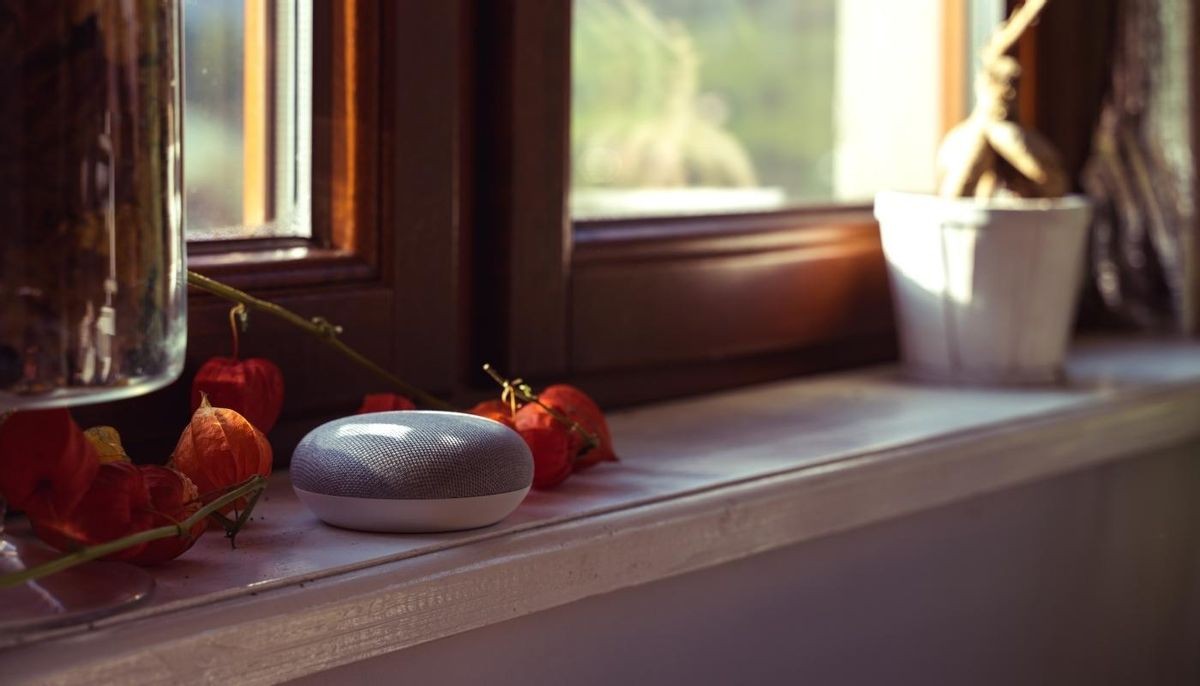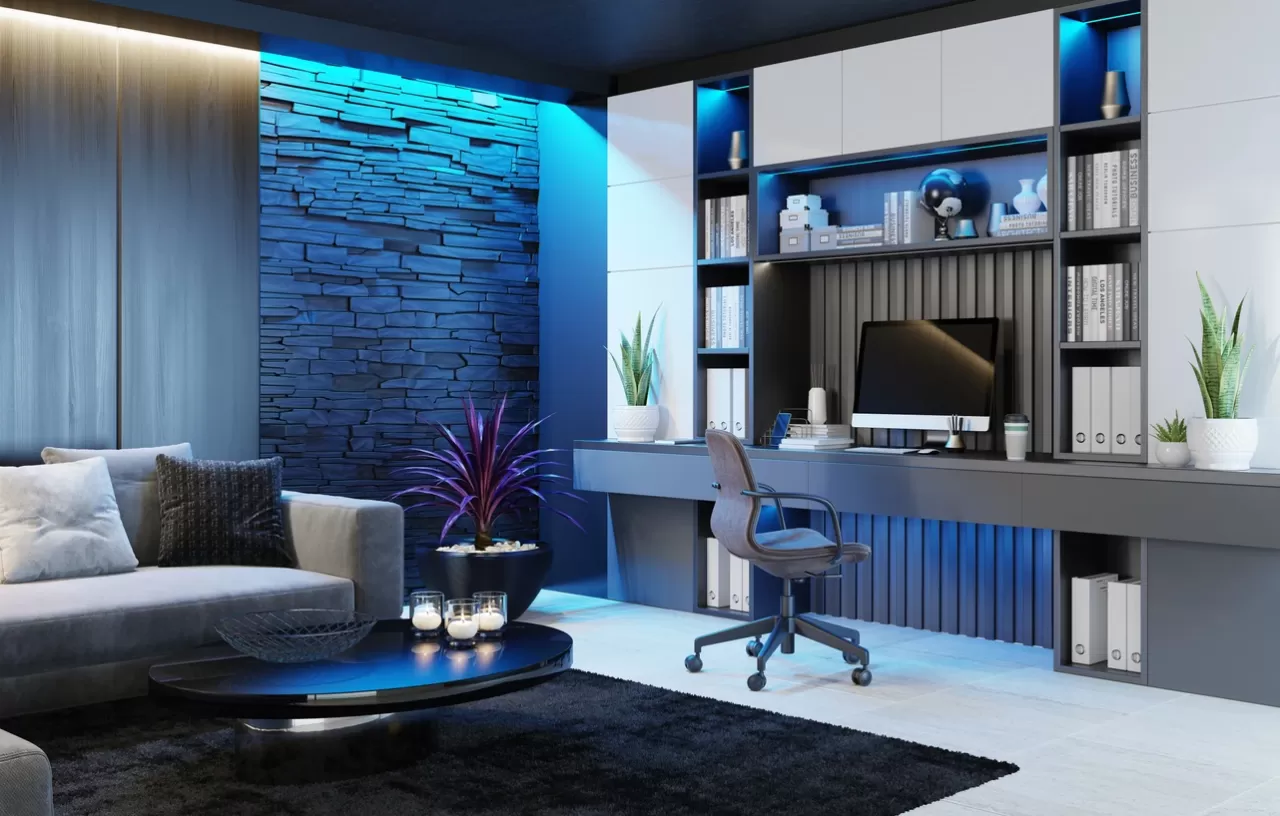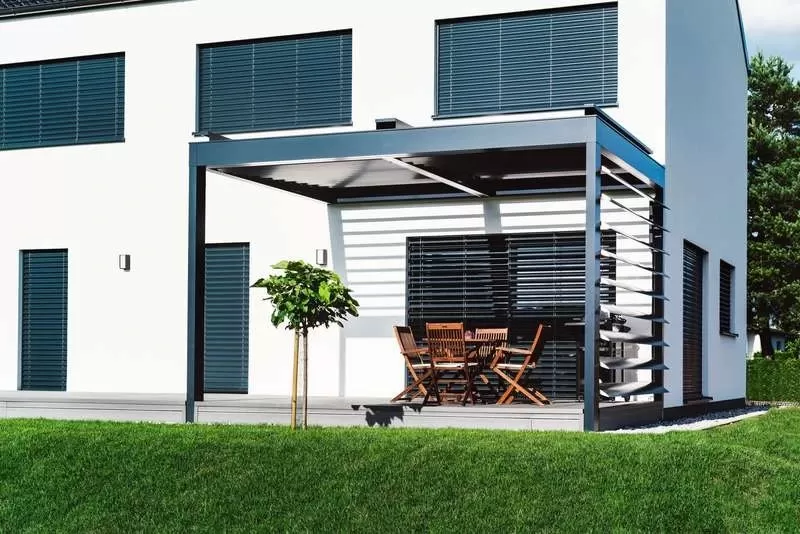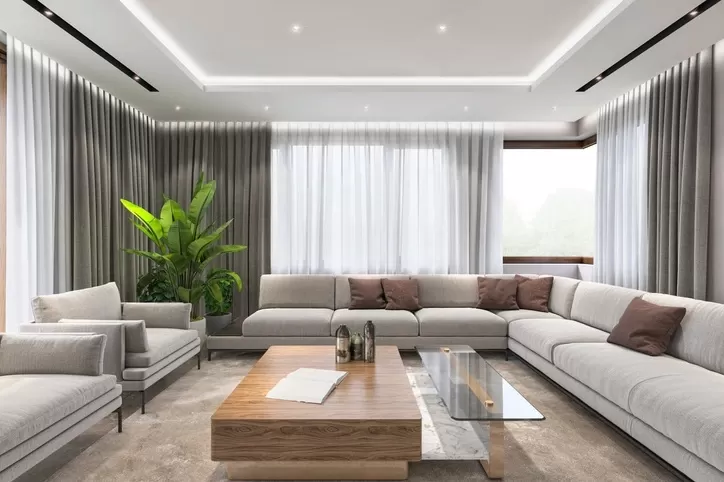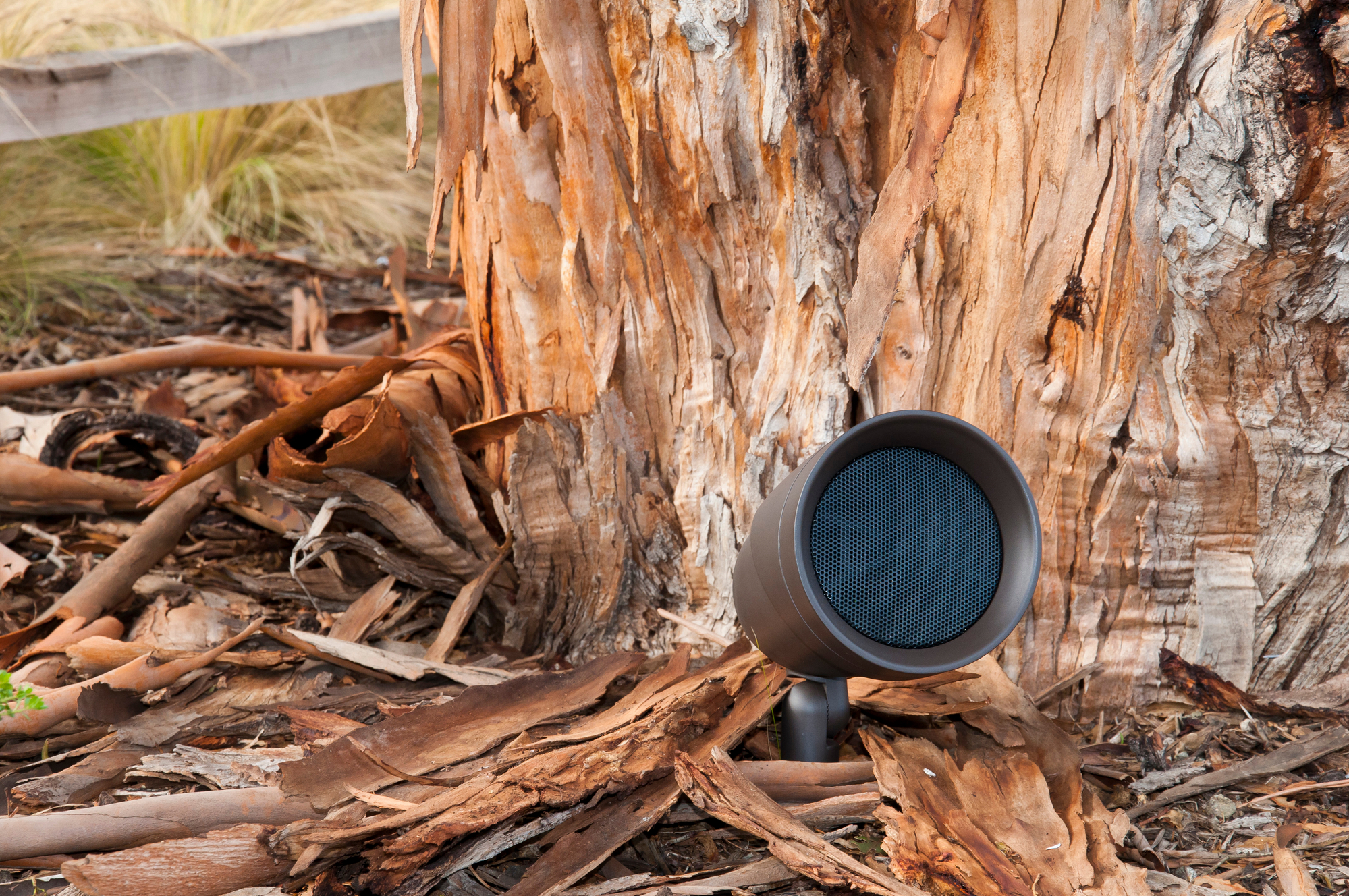In Plain Sight
The perfect hiding spot for your smaller devices is sometimes in plain sight. Places like baskets, shelves, or even plants can hide small devices like voice-activated assistants or speakers. Keep your gadget in a stylish woven basket, and place a small plant next to it to conceal the device further. You can also hide them behind pictures or items on shelves, same with other small equipment. You could even disguise wires behind a curtain. Get crafty! You may already know of a great spot!
Opt for an Entertainment Center
Television cables are one of the most noticeable places that could do with a clever cover-up. They tend to sit in the center of the living room and become a point of focus to you and potential guests. Luckily, you can hide television cables easily with an entertainment center. These tend to have many more storage options and configurations than a TV stand or media console, making them a great spot to store your speakers, projector, gaming system, or other media equipment. They can also add a decorative touch to your design style and be a nice spot to showcase your décor items.
Build It In
There are a lot of home tech items that can be built into the design of your home and make it easier to blend them into your design. Invisible speakers can be installed in the walls or ceilings and then plastered over—no one will ever suspect that an amazing sound system hides behind your wall!
If you prefer a projector over a tv, disguise it behind the back wall of your living room or construct a discreet lift that allows the projector to disappear into the ceiling when not in use.
Match Your Gadgets to Your Space
If you have prior experience furnishing a room, you know working with a limited color palette can help make a space appear more spacious. While overly colored interiors can tend to feel cluttered.
